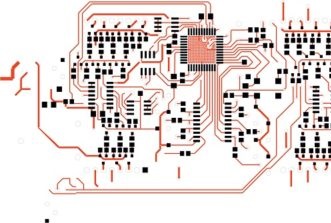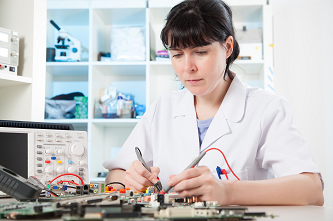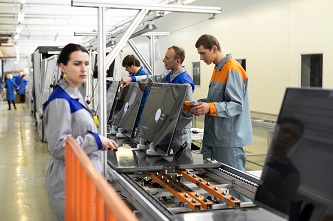This website uses cookies so that we can provide you with the best user experience possible. Cookie information is stored in your browser and performs functions such as recognising you when you return to our website and helping our team to understand which sections of the website you find most interesting and useful.
Stretchable Battery Technology: 1500% Expansion Capacity
Researchers in the UK have made a groundbreaking advancement in battery technology by developing a soft, stretchable battery that has the potential to revolutionize wearable devices, soft robotics, and even medical implants. The team from the University of Cambridge utilized layered hydrogels to create a self-healing soft battery that can stretch up to fifteen times its original length without compromising conductivity.
According to Stephen O’Neill from the Department of Chemistry at the University of Cambridge, this innovative battery marks the first instance where stretchability and conductivity have been successfully combined in a single material. While research groups worldwide are exploring stretchable and printable battery technologies, the achievement of the Cambridge team stands out for its unique properties.
Hydrogels, which are 3D networks of polymers containing a high percentage of water, play a crucial role in this development. The reversible on/off interactions between polymers in hydrogels allow for precise control over mechanical properties, making them ideal for applications in soft robotics and bioelectronics. The challenge lies in ensuring that hydrogels are both conductive and stretchable for use in battery and medical electronic devices.
Dr. Jade McCune, also from the Department of Chemistry, explained that by charging the neutral polymers in hydrogels, they can be made conductive. By manipulating the salt component of each gel, the researchers were able to create sticky hydrogels that could be layered together to enhance energy potential. The use of barrel-shaped molecules called cucurbiturils facilitated strong adhesion between layers, enabling the stretchable battery to maintain conductivity even when stretched.
Professor Oren Scherman, who led the research in collaboration with Professor George Malliaras from the Department of Engineering, highlighted the ability to customize the mechanical properties of hydrogels to mimic human tissue. This feature, combined with the absence of rigid components like metal, makes hydrogel implants less likely to be rejected by the body or cause scar tissue build-up. Moreover, the hydrogels in the stretchable battery demonstrated remarkable toughness, retaining their shape even when subjected to pressure and possessing self-healing capabilities.














